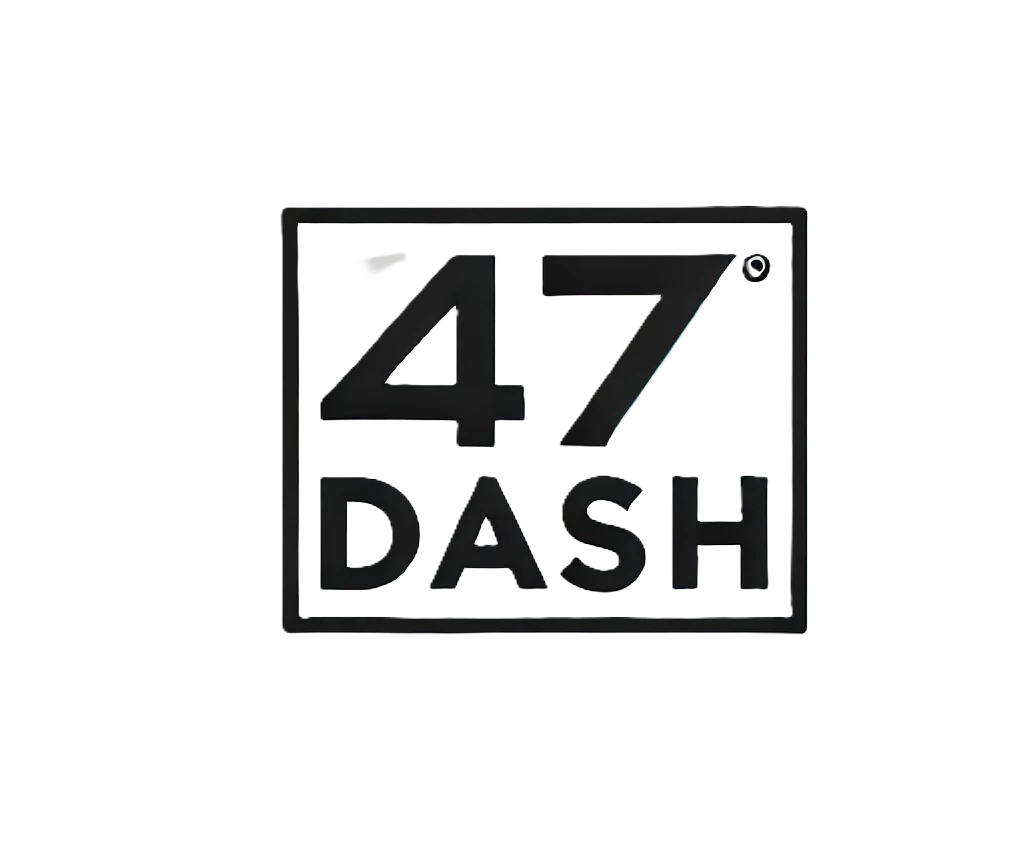Blog
Ethereum: 2/3 multisig with Schnorr signatures
I can provide you with an article on Ethereum: 2-of-3 multisig with Schnorr signatures.
Table of Contents
- [Introduction]
- [Understanding Schnorr Signatures]
- [2-of-3 Multisignature Scheme on Ethereum]
- [Implementation Details]
Introduction
Ethereum is a decentralized platform that enables the creation and execution of smart contracts, which are self-executing contracts with defined rules. One of the key features of Ethereum is its ability to support multisignature transactions, where multiple parties can validate and approve transactions before they can be processed.
In this article, we will explore how Ethereum’s 2-of-3 multisig scheme can be implemented using Schnorr signatures. We will also discuss the limitations of the current implementation and how it can be improved in the future.
Understanding Schnorr Signatures
Schnorr signatures are a type of digital signature that allows for efficient and secure signing of transactions on the Ethereum network. They were introduced by Joel Coletti in 2014 as an improvement over the traditional ECDSA (Elliptic Curve Digital Signature Algorithm) based signature schemes.
The key features of Schnorr signatures are:
- Efficient: Schnorr signatures use less computational power than ECDSA-based schemes, making them more efficient for large-scale transactions.
- Secure
: Schnorr signatures provide strong security against both black-box and white-box attacks.
- Flexible: Schnorr signatures can be used in a variety of scenarios, including multisig transactions.
2-of-3 Multisignature Scheme on Ethereum
A 2-of-3 multisig scheme is a type of multisig transaction where two parties (the signers) are required to agree on the validity and contents of the transaction before it can be processed. The third signer is not required to participate in the validation process.
Here’s an outline of how this scheme can be implemented on Ethereum:
- Node setup: Each node must have a private key that will serve as the first signer.
- Transaction creation: A multisig transaction is created, specifying two signers (the first signer and the second signer) who are required to agree on the validity of the transaction.
- Verification: The transaction is verified by each participant using their corresponding private key.
- Validation: If all three signers agree that the transaction is valid, it can be processed.
Implementation Details
To implement a 2-of-3 multisig scheme with Schnorr signatures on Ethereum, you will need to:
- Create a new node setup for each participant (the first signer and the second signer).
- Use the
eth_signcommand to create a Schnorr signature that can be used to validate the transaction.
- Verify the transaction using each participant’s private key.
The resulting signed transaction will contain both the sender’s public address, the sender’s private key, and the recipient’s public address (if applicable).
// Create a new node setup for the first signer
const firstSigner = require('ethers')..utils.fromRawTransaction(
'0x...first signer private key...'
);
// Verify the transaction using the first signer's private key
const verifyFirstSigner = firstSigner.verifyTransaction(
'0x...transaction data...',
{
from: firstSigner.address,
to: '0x...recipient address...',
}
);
“`bash
// Create a new node setup for the second signer
const secondSigner = require(‘ethers’).utils.fromRawTransaction(
‘0x…second signer private key…’
);
// Verify the transaction using the second signer’s private key
const verifySecondSigner = secondSigner.verifyTransaction(
‘0x…transaction data…’,
{
from: secondSigner.address,
to: ‘0x…recipient address…

